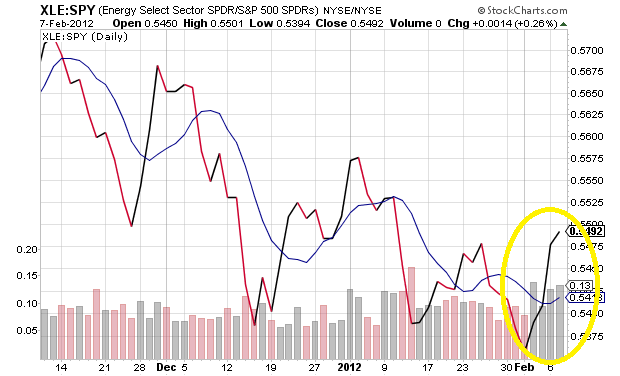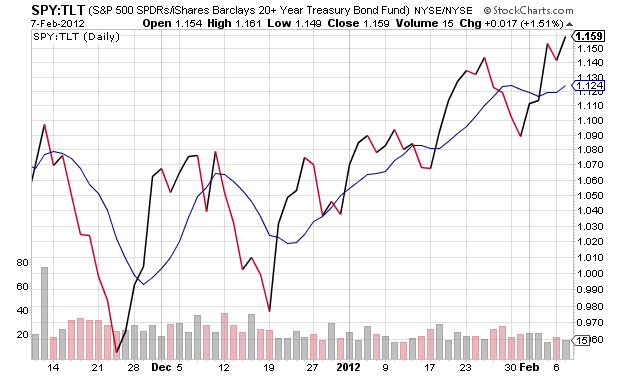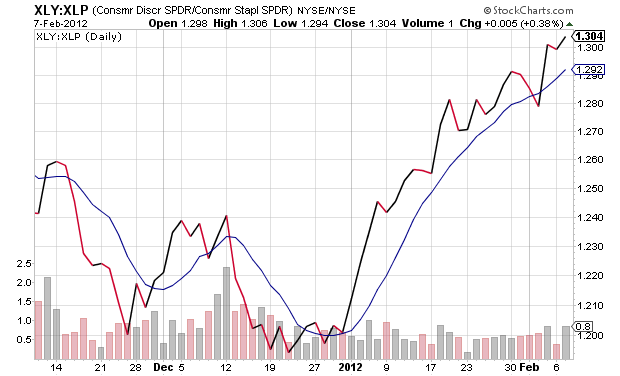The latest must read missive comes from Warren Buffett, who eloquently argues that during high inflationary periods, equities as an asset class might be the best house in the worst neighborhood.
It is a public secret that $1 million dollars today is not what it used to be 30, 20 or even 10 years ago. The purchasing power of most currencies has decreased substantially over time as the supply of money by central banks and the demand for credit by the public and private sector have overshadowed the increase in productivity and GDP growth. As a result, investors who have earned 5% a year on their investment for the past 40 years, might be actually in a worse position than they were when they started. Granted, inflation measures cannot account in any way for the technology innovations and improvements in quality that are available today, but nominal vs real return is certainly a topic that needs to be well comprehended by all investors.
Even in the U.S., where the wish for a stable currency is strong, the dollar has fallen a staggering 86% in value since 1965, when I took over management of Berkshire. It takes no less than $7 today to buy what $1 did at that time. Consequently, a tax-free institution would have needed 4.3% interest annually from bond investments over that period to simply maintain its purchasing power. Its managers would have been kidding themselves if they thought of any portion of that interest as “income.”
Warren Buffett continues to publicly bash gold, pretty much calling it the most unproductive asset on planet Earth. I have a slightly different view on the subject as gold could easily be viewed as a currency due to its indisputable liquidity anywhere in the world. Since Buffett started his investment activities in Berkshire Hathaway, gold ($GLD) has increased almost 50-times. This is 13.4% annual return since the Gold Standard was abolished. Of course past results are not guarantee for future performance. In his missive, Mr. Buffett basically claims that gold is in a bubble caused by fear induced, unreasonable expectations:
What motivates most gold purchasers is their belief that the ranks of the fearful will grow. During the past decade that belief has proved correct. Beyond that, the rising price has on its own generated additional buying enthusiasm, attracting purchasers who see the rise as validating an investment thesis. As “bandwagon” investors join any party, they create their own truth — for a while….. “What the wise man does in the beginning, the fool does in the end.”
Not surprisingly, Warren prefers investments in productive assets – companies, which earnings power will trump the hidden inflation tax, companies that are leaders in their corresponding industries and require minimum new capital investment – such as Coca Cola ($KO) and $IBM.
The whole piece is well worth the read.





